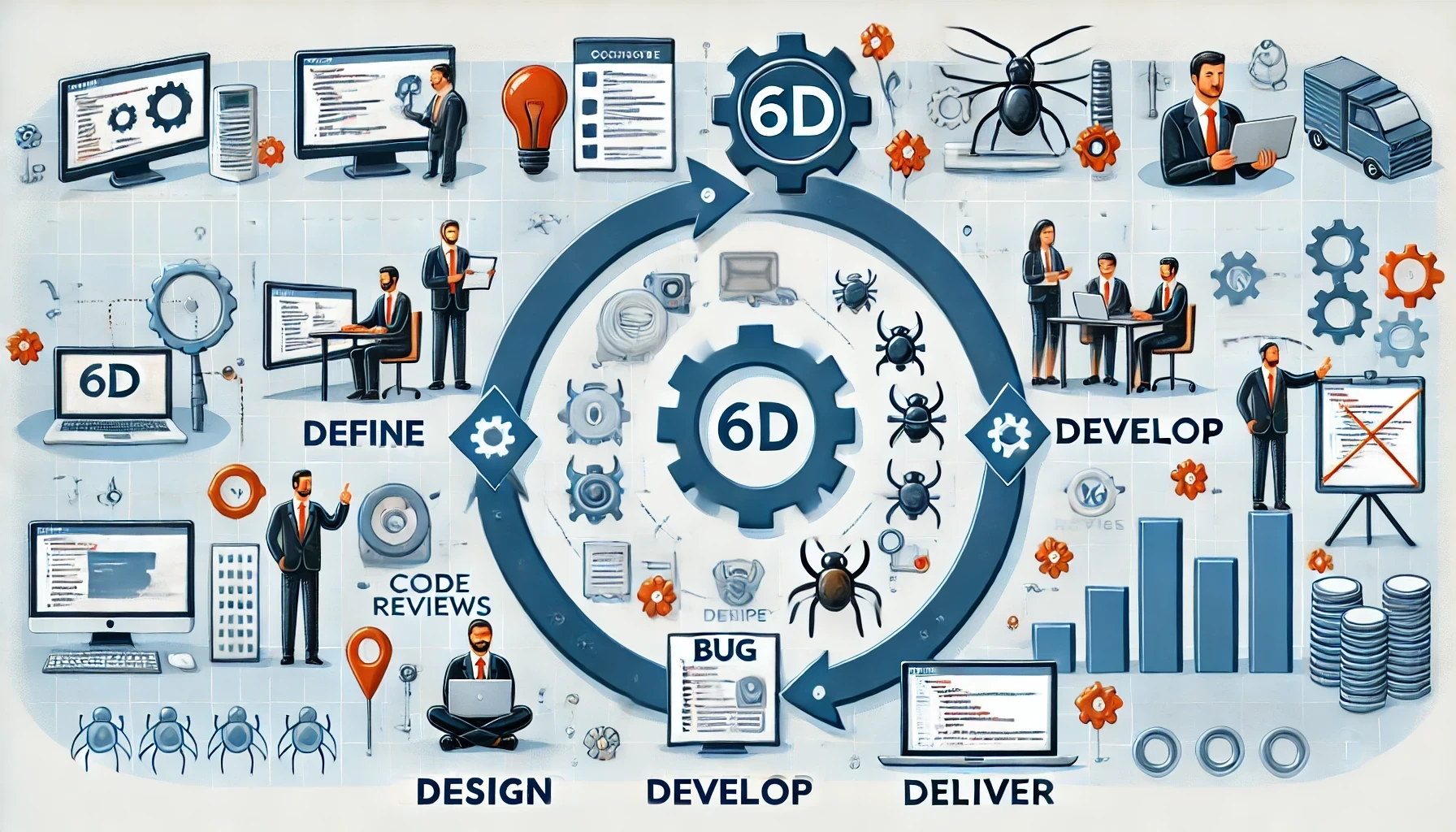In the world of product development, decision-making can often feel like a labyrinth. This complexity is heightened when executives—each with their own priorities, experiences, and visions—offer conflicting feedback. The challenge lies not only in balancing these differing viewpoints but also in making a decision that aligns with the company’s strategic goals and is beneficial for the product’s success. This article delves into the nuanced process of navigating conflicting executive feedback, offering a step-by-step approach to harmonizing perspectives and steering towards the best possible decision.
1. Uncovering the Roots of Disagreement
When faced with conflicting feedback, the first and most crucial step is to understand the root causes behind each executive’s perspective. Different executives may prioritize different aspects of the business:
- Market Focus: Some may prioritize expanding market share or entering new markets.
- Financial Performance: Others may be more concerned with immediate profitability or cost containment.
- Customer Experience: Another group may focus on enhancing customer satisfaction and loyalty.
- Innovation and Growth: Some executives might be keen on pushing the envelope with new and innovative features.
To uncover these priorities, engage in one-on-one conversations with each executive. Ask open-ended questions to understand their concerns, the data they rely on, and the potential risks and benefits they foresee. This approach not only clarifies the rationale behind their feedback but also demonstrates respect for their expertise and opinions.
2. Aligning with the Company’s Vision and Strategic Goals
Once the different perspectives are clear, the next step is to evaluate them against the company’s overarching vision and strategic objectives. This alignment acts as a guiding compass, ensuring that decisions are not swayed by individual preferences but are instead rooted in a long-term strategy. Consider the following:
- Strategic Fit: Does the feedback align with the company’s mission and values?
- Long-term Impact: How does the feedback affect the company’s future position in the market?
- Resource Allocation: Is the feedback feasible given the current budget and resources?
For instance, if the company’s vision emphasizes innovation and long-term growth, decisions favoring quick financial returns might need to be balanced against those prioritizing R&D investments. Highlighting this alignment during discussions helps in steering the conversation towards common organizational goals, making it easier to reconcile differing viewpoints.
3. Leveraging Data and Evidence-Based Decision-Making
Data serves as an impartial arbiter in the face of conflicting opinions. Collecting relevant data—such as market research, customer feedback, competitive analysis, and financial projections—provides a factual basis for evaluating each piece of feedback. Here’s how to utilize data effectively:
- Market Data: Show how current trends support or contradict the feedback.
- Customer Insights: Use customer feedback and surveys to validate or challenge the proposed ideas.
- Financial Analysis: Present cost-benefit analyses to highlight the financial implications of each option.
Presenting this data in a clear and digestible format, such as visual dashboards or summary reports, can help executives understand the broader context and the potential consequences of their feedback. This empirical approach often shifts the discussion from subjective preferences to objective analysis, making it easier to reach a consensus.
4. Facilitating Constructive and Open Dialogue
With data in hand, the next step is to convene a meeting with the executives to discuss the findings and explore possible paths forward. The key to a successful meeting lies in fostering an atmosphere of openness and respect. Here are some strategies:
- Structured Agenda: Prepare a detailed agenda that outlines the key issues and topics to be discussed.
- Neutral Facilitation: If the discussion is likely to be contentious, consider bringing in a neutral third-party facilitator to ensure a balanced conversation.
- Active Listening: Encourage all participants to actively listen to each other’s viewpoints without interruption.
- Focus on Solutions: Guide the discussion towards finding solutions rather than dwelling on disagreements.
During the dialogue, it’s important to acknowledge the validity of each perspective while gently steering the conversation towards the overarching company goals and the supporting data. This approach helps to mitigate personal biases and keeps the focus on what is best for the product and the company.
5. Crafting a Compromise or Hybrid Solution
Often, the best path forward involves a compromise or a hybrid solution that addresses the core concerns of multiple stakeholders. Here are some examples of how this can be achieved:
- Phased Implementation: Introduce a new feature or change in stages, allowing for gradual adaptation and minimizing risk.
- Pilot Programs: Test new ideas on a smaller scale before a full rollout, gathering data to make informed adjustments.
- Balanced Priorities: Combine different aspects of feedback, such as focusing on both customer satisfaction and cost efficiency.
By presenting a well-thought-out compromise, you demonstrate a commitment to finding a balanced solution that considers all viewpoints. This not only helps in gaining executive buy-in but also ensures that the decision is robust and well-rounded.
6. Making and Communicating the Final Decision
Once a consensus is reached, or a decision is made, it is crucial to communicate it clearly and transparently to all stakeholders. This communication should include:
- The Decision: A clear statement of what has been decided.
- The Rationale: An explanation of why this decision was made, including how it aligns with the company’s goals and the supporting data.
- Next Steps: A detailed plan of action, including timelines, responsibilities, and any immediate actions required.
Transparency in communication helps to ensure that everyone understands the decision-making process and the reasons behind it. Even those who may not agree with the final decision are more likely to support it if they feel their input was considered and the process was fair.
7. Monitoring and Adaptation
The decision-making process doesn’t end with the communication of the final decision. It’s important to monitor the implementation and outcomes closely:
- Key Performance Indicators (KPIs): Set specific metrics to track the success of the decision.
- Regular Reviews: Schedule periodic reviews to assess progress and make necessary adjustments.
- Feedback Loop: Maintain an open line of communication with executives and other stakeholders to gather ongoing feedback.
This iterative approach allows for flexibility and adaptability, ensuring that the decision remains aligned with the company’s goals and market conditions. If the initial decision does not yield the expected results, be prepared to revisit and revise the strategy.
Navigating conflicting feedback from different executives is a complex and nuanced process, requiring a blend of empathy, strategic insight, and effective communication. By understanding the root causes of disagreements, aligning with the company’s vision, leveraging data, facilitating constructive dialogue, proposing compromises, and monitoring outcomes, you can successfully harmonize differing perspectives and make decisions that drive the product and the company forward. In the end, the goal is not just to reach a decision but to reach the best decision for the organization, its products, and its customers. Through careful and thoughtful navigation of executive feedback, conflict can be transformed into a catalyst for innovation, growth, and long-term success.




